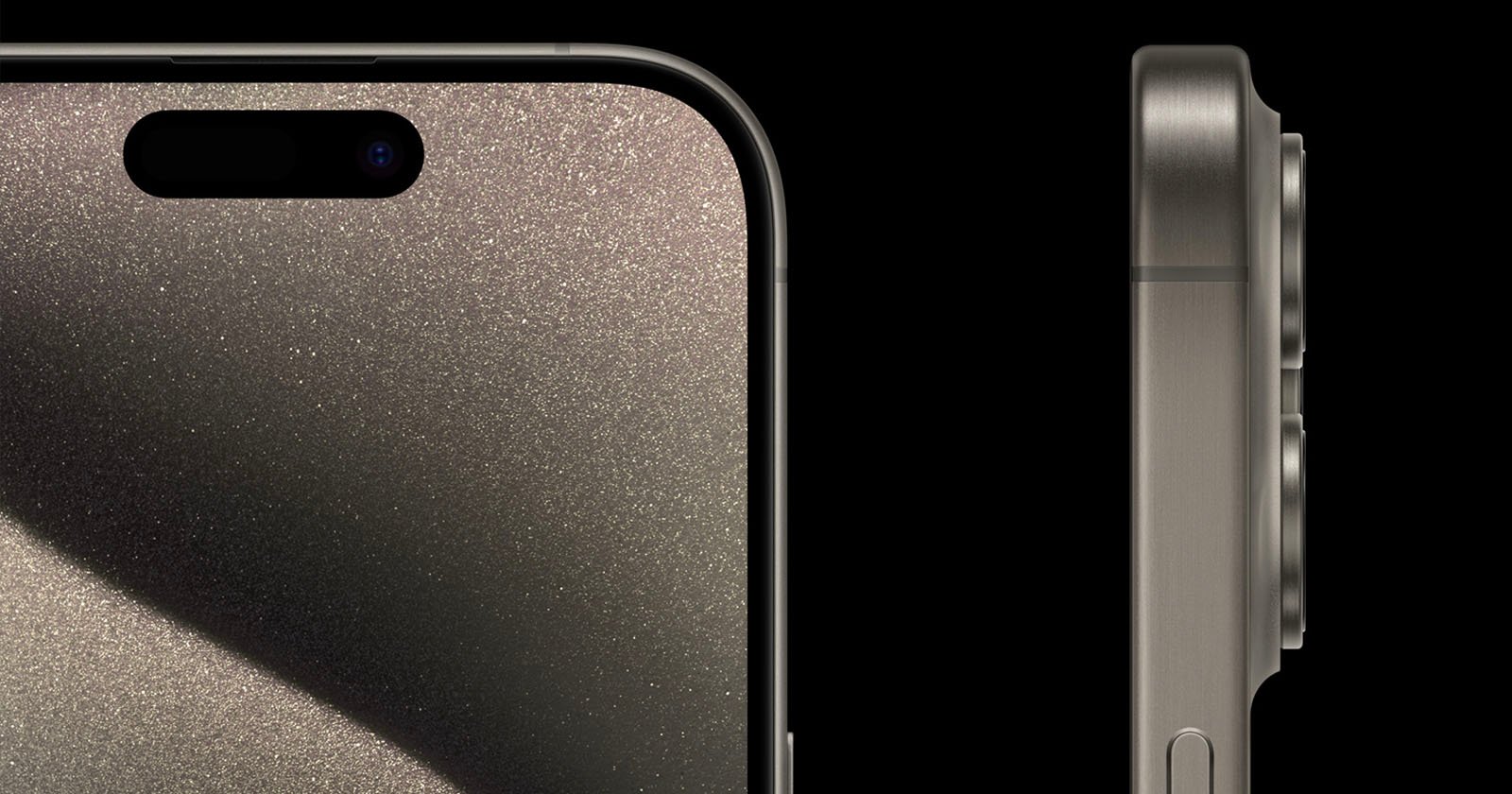According to this article, iPhone 15 Pro's 24-megapixel photos are better than 48-megapixel shots. I’m confused by this. Does this apply to just HEIF format or HEIF and RAW?

 petapixel.com
petapixel.com
The details:
Photographers might want to know why last year Apple limited the default settings to 12 megapixels and this year it’s limited to 24 megapixels, despite the main camera’s sensor boasting a total of 48 megapixels — shooting in HEIF, the files generated there aren’t that large. Photographers might think that they should just shoot these higher-resolution HEIF files whenever they want that extra detail, but there are reasons to keep using Apple’s defaults.
“You get a little bit more dynamic range in the 24-megapixel photos,” McCormack explains. “Because when shooting at 24-megapixels, we shoot 12 high and 12 low — we actually shoot multiple of those — and we pick and then merge. There is, basically, a bigger bracket between the 12 high and the 12 low. Then, the 48 is an ‘extended dynamic range,’ versus ‘high dynamic range,’ which basically just limits the amount of processing. Because just in the little bit of processing time available [in the 24 megapixel] we can get a bit more dynamic range into Deep Fusion. So what you end up with in the 24, it’s a bit of a ‘Goldilocks moment’ of you get all of the extra dynamic range that comes from the 12 and the detail transfer that comes in from the 48.”
McCormack adds that photographers will also get zero shutter lag when they’re shooting at 24-megapixels — shooting at full 48-megapixel resolution means that you don’t get an instantaneous shutter.
Apple Explains What the iPhone 15 Camera Can and Can't Do – and Why
Pulling back the curtain on design philosophy.
The details:
Photographers might want to know why last year Apple limited the default settings to 12 megapixels and this year it’s limited to 24 megapixels, despite the main camera’s sensor boasting a total of 48 megapixels — shooting in HEIF, the files generated there aren’t that large. Photographers might think that they should just shoot these higher-resolution HEIF files whenever they want that extra detail, but there are reasons to keep using Apple’s defaults.
“You get a little bit more dynamic range in the 24-megapixel photos,” McCormack explains. “Because when shooting at 24-megapixels, we shoot 12 high and 12 low — we actually shoot multiple of those — and we pick and then merge. There is, basically, a bigger bracket between the 12 high and the 12 low. Then, the 48 is an ‘extended dynamic range,’ versus ‘high dynamic range,’ which basically just limits the amount of processing. Because just in the little bit of processing time available [in the 24 megapixel] we can get a bit more dynamic range into Deep Fusion. So what you end up with in the 24, it’s a bit of a ‘Goldilocks moment’ of you get all of the extra dynamic range that comes from the 12 and the detail transfer that comes in from the 48.”
McCormack adds that photographers will also get zero shutter lag when they’re shooting at 24-megapixels — shooting at full 48-megapixel resolution means that you don’t get an instantaneous shutter.

